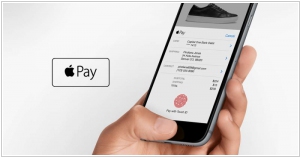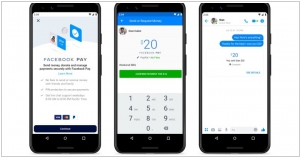Apple Pay vs Meta Pay
July 24, 2023 | Author: Sandeep Sharma
See also:
Top 10 Online Payment platforms
Top 10 Online Payment platforms
Apple Pay and Meta Pay are both digital payment solutions, but they differ in their platforms and ecosystems. Apple Pay is a contactless payment service provided by Apple, designed specifically for iOS devices, including iPhones, iPads, and Apple Watch. It allows users to make secure and convenient payments using their Apple devices at supported retailers and online merchants. Apple Pay uses a combination of near-field communication (NFC) and tokenization technology to ensure that user payment information remains secure and private. On the other hand, Meta Pay is a digital payment solution integrated into the Meta (formerly Facebook) social media platforms, including Facebook and Instagram. It enables users to send and receive money within their social network, making it convenient for peer-to-peer transactions among friends and family.
See also: Top 10 Online Payment platforms
See also: Top 10 Online Payment platforms
Apple Pay vs Meta Pay in our news:
2022. Facebook Pay rebrands to Meta Pay
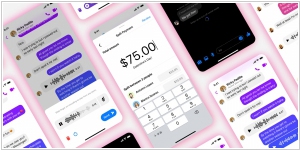
Facebook Pay has undergone a rebranding and is now officially known as Meta Pay. Despite the name change, the existing product features and user experience that individuals are familiar with from Facebook Pay will remain consistent across Facebook, Instagram, WhatsApp, and Messenger platforms. The transition will initially take place in the United States and subsequently expand globally in a phased approach. Mark Zuckerberg has stated that while the service itself will remain unchanged, the rebranding signifies Meta's initial stride towards developing a digital wallet for the metaverse. He envisions a digital wallet within the metaverse that enables users to securely manage their identities, possessions, and payment methods.
2016. Apple takes on PayPal with Apple Pay on the web
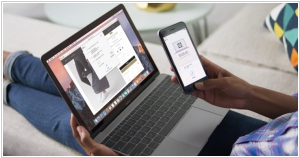
Apple has announced that Apple Pay will be introduced to the web in the upcoming fall. This means that Mac users will have the convenience of making online payments in Safari using the "Pay with Apple Pay" button. To authenticate their purchases, users can utilize Touch ID on their iPhone or Apple Watch. Previously, Apple Pay was only available for use in selected iOS apps and physical retail stores. Retail partners will be required to integrate Apple Pay into their checkout process, and Apple has already secured numerous merchants for the payment platform, including Target, Expedia, United Airlines, and more. In addition to this expansion, Apple has revealed plans to launch Apple Pay in Switzerland, France, and Hong Kong during the summer season.
2015. Apple rebrands Passbook to Wallet extends Apple Pay to UK
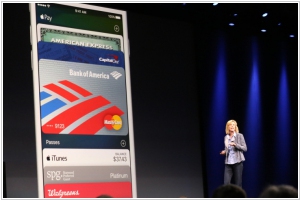
To align with the updated Apple Pay service, Apple has made the decision to rebrand the Passbook app as Apple Wallet. This name change aims to ensure relevancy and coherence between the two offerings. In addition to the ability to add traditional debit and credit cards, Apple Pay now enables users to include store cards, as well as loyalty and rewards cards, within the Apple Wallet. Retailers such as Kohl's, JC Penney, and BJ's will be among the first to offer compatibility with their own store credit cards through the Apple Pay platform. Moreover, Kohl's, Walgreens, and Dunkin Donuts are introducing rewards cards to the Apple Pay ecosystem. Notably, Apple Pay is expanding its reach to the United Kingdom, where it will soon be compatible with a vast majority of debit and credit cards, covering approximately 70 percent of the country's cards. Additionally, Apple has recently unveiled a partnership with Square, introducing a new card reader specifically designed for small businesses to accept payments via Apple Pay and credit card chip transactions (without support for card swipes).
2014. Apple launched own payment system Apple Pay
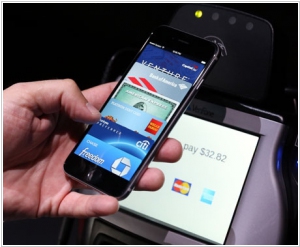
Apple has introduced a wallet feature called Apple Pay to its iPhones. This functionality allows users of iPhone 6 and iPhone 6 Plus to conveniently make payments at retail checkout terminals by simply tapping their devices. To utilize the wallet service, users must have an iPhone equipped with near field communication (NFC) technology and authenticate their transactions using Apple's Touch ID fingerprint authentication. The process of adding a card to Apple Pay involves either scanning the card or manually inputting the card information. Initially, Apple Pay supports purchases at over 220,000 stores across the United States. Prominent participants in this service include Macy's, Bloomingdales, Walgreens, Duane Reade, Subway, and McDonald's. However, it's important to note that many retailers, including the largest one, Wal-Mart Stores Inc., are not currently part of Apple's network. Only a minority of retailers have the necessary machines capable of reading the near-field communication radio signal required for Apple Pay to function.

